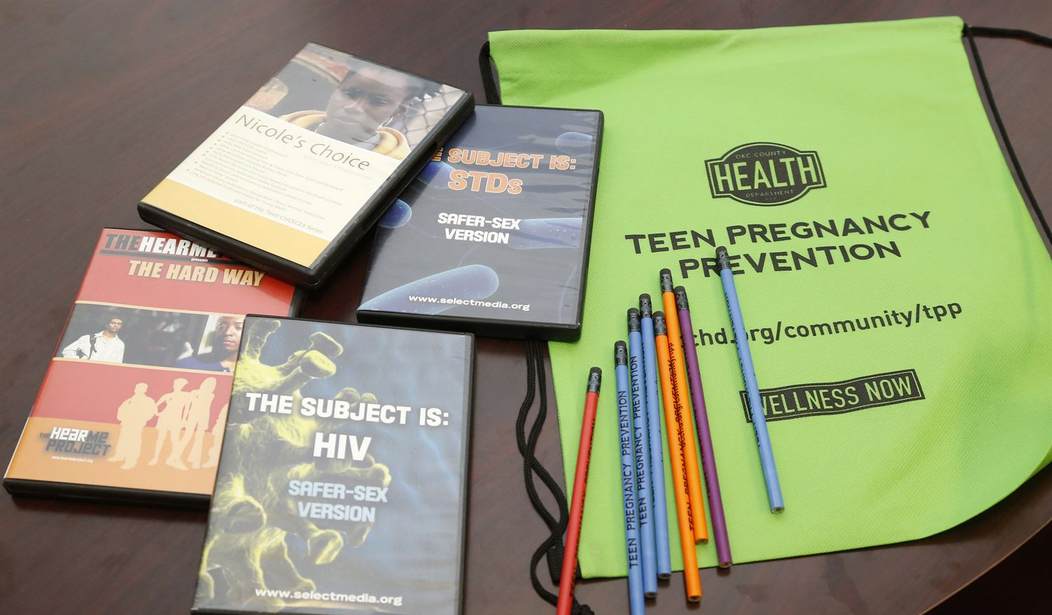A report issued on Monday by the Centers for Disease Control shows that 57% of teenage girls reported feeling persistently sad or hopeless in 2021, up from 36% in 2011. In contrast, teenage boys felt those feelings just 29% in 2021, up from 21% in 2011.
“America’s teen girls are engulfed in a growing wave of sadness, violence and trauma,” Dr. Debra Houry, the CDC’s chief medical officer and deputy director for program and science, told reporters. “Over the past decade, teens especially girls have experienced dramatic increases in experiences of violence and poor mental health and suicide risk.”
The data was included in the Youth Risk Behavior Survey, which looks at the health and behaviors of U.S. high school students.
Related: Gamer Groomers: ‘The Sims’ Introduces ‘Top Surgery Scars,’ ‘Binders’ as Character Accessories
The survey concluded that adolescents were having less risky sex, drank less, and abused prescription opioids less. But mental health has worsened significantly over the last decade, especially for girls.
According to the report, 41% of teenage girls surveyed said they had experienced poor mental health over the last 30 days compared to 18% of teenage boys.
What’s more, about one-third of teen girls, or 30%, said they had seriously considered attempting suicide.
Not only is this figure higher than the 14% of teen boys who reported the same thoughts in 2021, but it’s a dramatic increase from the 19% of teen girls who reported considering suicide in 2011.
The percentage of female youth who made a suicide plan also rose from 15% to 24% over the course of a decade.
Social media is not the cause of this rise in depression and suicidal thoughts. It merely exacerbates the trials and tribulations of adolescents, magnifying peer pressure and feeding the drama that teen boys and especially teen girls experience in their lives.
The survey says that 14% of teen girls reported they were forced to have sex in 2021, up for the first time since CDC began keeping statistics. And 18% reported being a target of sexual violence.
The report also found that LGBTQ youth are also facing mental health challenges and reporting high levels of violence.
Nearly 70% of LGBTQ students reported either persistent feelings of sadness or hopelessness during the past year in 2021 and more than half said they had poor mental health during the past 30 days.
LGBTQ students and students who had any same-sex partners were more likely to seriously consider attempting suicide at 45% and 58%, respectively.
While the pandemic can be blamed for at least some of the increase in poor adolescent mental health, Kathleen Ethier, director of the CDC’s Division of Adolescent and School Health, said worrying trends were seen prior to the pandemic.
“While much attention has been given to the youth mental health crisis during the COVID-19 pandemic, YRBS data shows that many measures were moving in the wrong direction before the pandemic,” Ethier said.
Ethier believes that schools should develop more mental health programs for teens to help them “understand sexual consent, manage emotions, and communicate.”
“These are critical lifelines for students,” she said. “And research has shown that schools that implement [these programs] see significant benefits for their students, and addresses many of the concerning trends we see in this data.”
At what point are these kids allowed to grow up? Adolescence has always been a struggle — more so today, given the range of challenges kids face. But perhaps a reason for this sturm und drang among today’s teens has more to do with the social contagion wrought by social media and the influence of radical, unhelpful adults who see kids as lumps of clay to be molded, not human beings to be guided into adulthood.










Join the conversation as a VIP Member